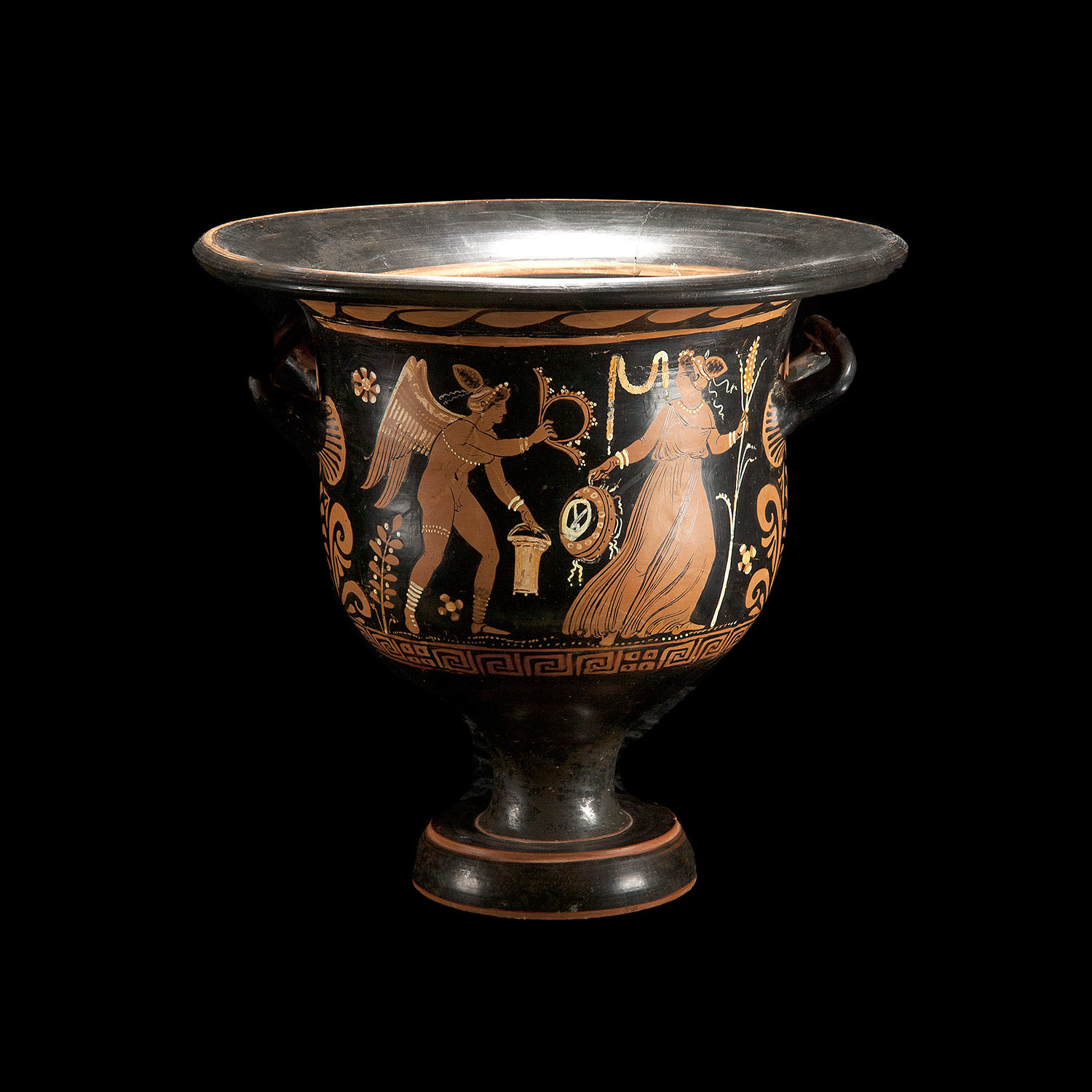Part one:
Canadian Court Rules Bible Verses "Hate Speech"
--------------------------------------------------------------------------------
Below is the text of the Canadian ruling:
--------------------------------------------------------------------------------
OWENS V. SASKATCHEWAN (HUMAN RIGHTS COMMISSION)
QB02511
Date of Judgment: December 11, 2002
Number of Pages: 11
2002 SKQB 506
Q.B.G. A.D. 2001
No. 1497 J.C. S.
IN THE QUEEN'S BENCH
JUDICIAL CENTRE OF SASKATOON
IN THE MATTER OF THE HUMAN RIGHTS CODE AND IN THE MATTER OF COMPLAINTS DATED THE 5TH DAY OF AUGUST, 1997, THE 6TH DAY OF AUGUST, 1997 AND THE 12TH DAY OF AUGUST, 1997
BETWEEN:
HUGH OWENS
APPELLANT (APPLICANT)
- and -
SASKATCHEWAN HUMAN RIGHTS COMMISSION
RESPONDENT
- and -
GENS HELLQUIST, JASON ROY AND JEFF DODDS
RESPONDENTS (COMPLAINANTS)
- and -
SASKATCHEWAN HUMAN RIGHTS BOARD OF INQUIRY
VALERIE G. WATSON
RESPONDENT
Hugh Owens self-represented
Milton C. Woodard, Jr. Q.C. for the Saskatchewan Human Rights Commission
JUDGMENT BARCLAY J.
December 11, 2002
[1] This is an appeal from the decision of a Board of Inquiry (the "Board") appointed by the Minister of Justice pursuant to s. 29 of The Saskatchewan Human Rights Code, S.S. 1979, c. S-24.1, as am. (the "Code"). The Board inquired into three complaints: Jeff Dodds v. Hugh Owens, dated August 5, 1997, Jason Roy v. Hugh Owens, dated August 6, 1997 and Gens Hellquist v. High Owens dated August 12, 1997, all of which are complaints filed pursuant to s. 27 of the Code.
[2] Each of the complainants, Dodds, Roy and Hellquist, is a gay male. Each complained concerning the same actions of Hugh Owens (the "appellant").
[3] The hearing was held from August 23, 1999 to August 30, 1999 and the Board rendered its decision on June 15, 2001. The Board found that the appellant violated s. 14 of the Code by publishing an advertisement for certain bumper stickers in the Saskatoon Star-Phoenix. Section 14 of the Code as it read at that time states:
14(1) No person shall publish or display, or cause or permit to be published or displayed, on any lands or premises or in a newspaper, through a television or radio broadcasting station or any other broadcasting device, or in any printed matter or publication or by means of any other medium that he owns, controls, distributes or sells, any representation, including without restricting the generality of the foregoing, any notice, sign, symbol, emblem, article, statement or other representation:
(a) tending or likely to tend to deprive, abridge or otherwise restrict the enjoyment by any person or class of persons of any right to which he is or they are entitled under law; or
(b) which exposes, or tends to expose, to hatred, ridicules, belittles or otherwise affronts the dignity of any person, any class of persons or a group of persons; because of his or their race, creed, religion, colour, sex, sexual orientation, family status, marital status, disability, age, nationality, ancestry, place of origin or receipt of public assistance.
(2) Nothing in subsection (1) restricts the right to freedom of speech under the law upon any subject.
The Board found that the advertisement of the bumper stickers exposed the complainants to hatred, ridicule and an affront to their dignity because of their sexual orientation contrary to this section. The appellant appeals the Board's decision pursuant to s. 32 of the Code. This section allows any party to appeal a Board's decision but only on a question of law.
[4] Similar complaints were filed by each of the same complainants against the Saskatoon Star-Phoenix and the Board also dealt with those complaints. The Board found that the Star-Phoenix violated the Code by publishing the said advertisement. That decision is not under appeal.
[5] At the Board hearing, each of the individual complainants testified. However, none of the complainants independently presented evidence or argument. Each relied on the submissions of the Commission. On this appeal, the complainants continue to rely on the Commission and are not active parties in these proceedings.
[6] On June 30, 1997, the Star-Phoenix published an advertisement for certain bumper stickers. The appellant admitted that he placed the advertisement and that, in fact, he had available for sale the bumper stickers that were advertised. The advertisement was simply a copy of one of the bumper stickers with the following words displayed on the bottom of the sticker: "This message can be purchased in bumper sticker form. Please call 306-584-2611." In fact, this sticker and three similar stickers were offered for sale by the appellant.
[7] The bumper sticker in the advertisement displayed references to four Bible passages: Romans 1, Leviticus 18:22, Leviticus 20:13 and 1 Corinthians 6:9-10, on the left side of the sticker. An equal sign (=) was situated in the middle of the sticker, with a symbol on the right side of the sticker. The symbol on the right side was comprised of two males holding hands with the universal symbol of a red circle with a diagonal bar superimposed over top. The Board noted, citing the Court of Appeal in Saskatchewan Human Rights Commission v. Bell (1994), 120 Sask. R. 122, that the red slash and circle is "the universal symbol for forbidden, not allowed or not wanted." The Bible passages read as follows:
Romans 1:26 Because of this, God gave them over to shameful lusts. Even their women exchanged natural relations for unnatural ones. In the same way the men also abandoned natural relations with women and were inflamed with lust for one another. Men committed indecent acts with other men, and received in themselves the due penalty for their perversion. Furthermore, since they did not think it worthwhile to retain the knowledge of God, he gave them over to a depraved mind, to do what ought not to be done. They have become filled with every kind of wickedness, evil, greed and depravity. They are full of envy, murder, strife, deceit and malice. They are gossips, slanderers, God-haters, insolent, arrogant, and boastful; they invent ways of doing evil; they disobey their parents; they are senseless, faithless, heartless, ruthless. Although they know God's righteous decree that those who do such things deserve death, they not only continue to do these very things but also approve of those who practice them.
Leviticus 18:22 "Do not lie with a man as one lies with a woman; that is detestable.
Leviticus 20:13 "If a man lies with a man as one lies with a woman, both of them have done what is detestable. They must be put to death; their blood will be on their own heads.
1 Corinthians 6:9 Do you know that the wicked will not inherit the kingdom of God? Do not be deceived: Neither the sexually immoral nor idolaters nor adulterers nor male prostitutes nor homosexual offenders ....
[8] The complainants and a number of experts in human sexuality, various religions and religious fundamentalism testified as to the message of the sticker and the impact of that message. The Board referred to Canadian (Human Rights Commission) v. Taylor, [1990] 3 S.C.R. 892 and the Bell case, supra, and decided that it had to determine on an objective basis whether the advertisement violated s. 14 of the Code. The Board defined the issue as being "whether or not the effect of the publication of the advertisement exposed or tended to expose to hatred, or otherwise affronted the dignity of gay men and caused or tended to cause others to engage in discriminatory practices against gay men in contravention of Part 2 of the Code."
[9] In the Bell case, supra, the court dealt with similar stickers. But the Board observed that the representation of gay men was more neutral than the demeaning caricatures used on the stickers considered in the Bell case. It commented that the universal symbol "may itself not communicate hatred." However, viewing the sticker in its totality, the Board concluded:









